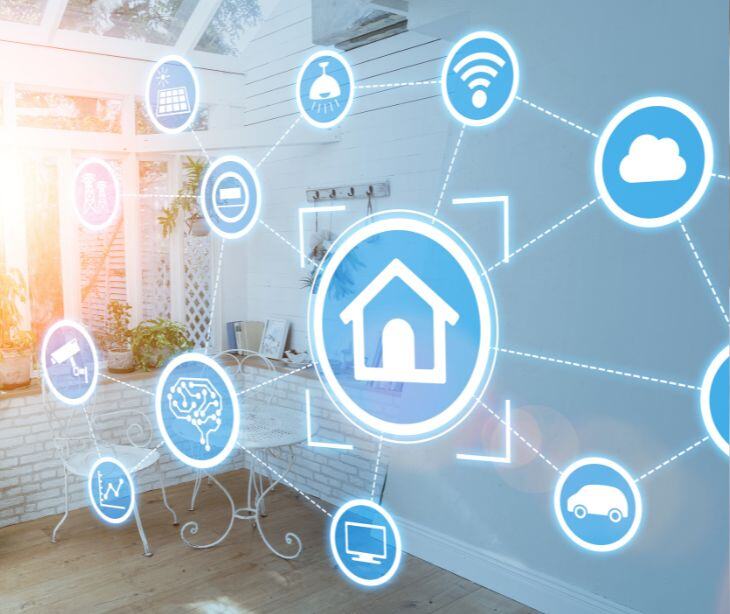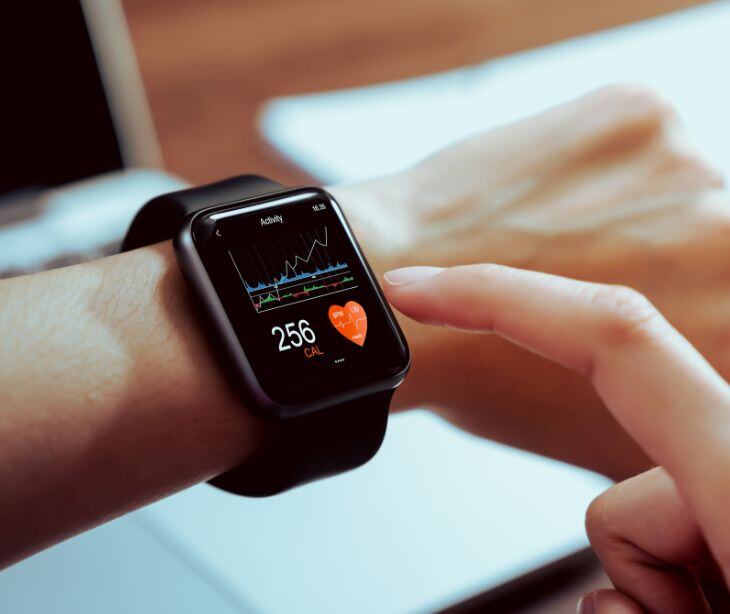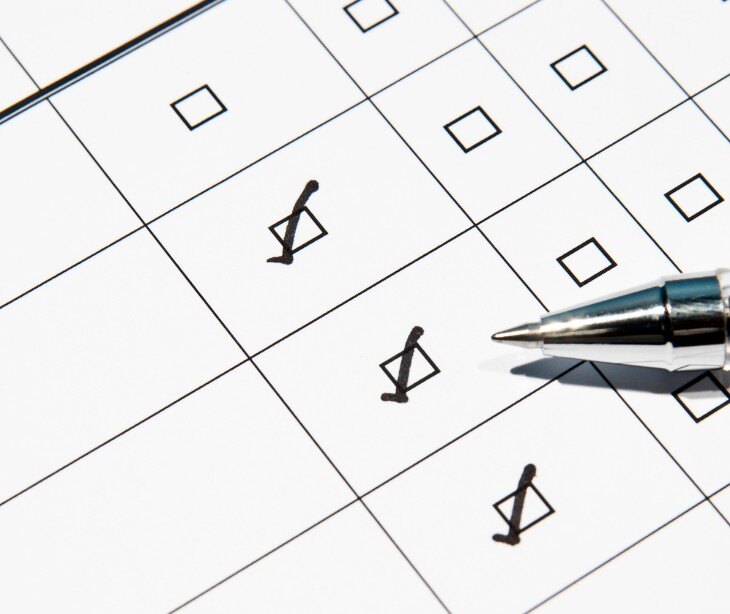
Healthcare organizations should integrate smart home devices into patient care because these devices enhance monitoring, support independent living, and improve treatment adherence, ultimately leading to better patient outcomes. To maintain HIPAA compliance, organizations should conduct thorough risk assessments, choose HIPAA compliant devices and vendors, ensure data security through encryption and access controls, obtain explicit patient consent, and regularly monitor and update practices.
The role of smart home devices in healthcare
Smart home devices, including remote monitoring tools, wearable health trackers, and medication dispensers, offer significant benefits to patient care. According to a recent study on the future of wearable technologies and remote monitoring in health care, "Wearable and mobile technology can enable cost-effective and scalable opportunities for remote, and often real-time, monitoring of patients during critical periods of cancer care. By leveraging this technology, health care providers have access to both objective and patient-reported health data to facilitate clinical decisions that may result in better adherence, quality of life, and treatment outcomes."
What covered entities need to know
HIPAA sets the standards for safeguarding protected health information (PHI). When using smart home devices in patient care, covered entities must comply with HIPAA’s Privacy Rule, Security Rule, and Breach Notification Rule. These regulations ensure that PHI is safeguarded from unauthorized access and breaches, maintaining patient privacy and trust.
Related: Understanding and implementing HIPAA rules
How to effectively integrate smart home devices into patient care
1. Conduct a HIPAA risk assessment
Conduct a thorough HIPAA risk assessment before integrating smart home devices. This assessment identifies potential vulnerabilities in the collection, storage, and transmission of PHI. After evaluating these risks, healthcare organizations can develop strategies to mitigate them, such as implementing data encryption, secure communication channels, and regular security audits.
2. Choose HIPAA compliant devices and vendors
When choosing smart home devices, prioritize those with robust security features, such as data encryption and access controls. Additionally, work with vendors who are familiar with HIPAA requirements and are willing to sign a business associate agreement (BAA). This agreement guarantees that the vendor understands their responsibilities in protecting PHI and adhering to HIPAA regulations.
3. Implement data security measures
Ensure that all PHI collected by smart home devices is encrypted in transit and at rest. That protects sensitive information from unauthorized access during transmission to healthcare providers or cloud storage. Implementing strong access controls, including multi-factor authentication (MFA), ensures that only authorized personnel can access patient data.
Read more: What happens to your data when it is encrypted?
4. Obtain patient consent and providing education
Obtain explicit patient consent before using smart home devices. Patients must be informed about what data will be collected, how it will be used, and who will have access to it. Additionally, educate patients on data security and their rights under HIPAA. Guide secure device usage, password management, and the risks of sharing devices with others.
5. Limit data collection and use
The HIPAA minimum necessary rule requires that only the essential data needed for patient care is collected and shared. Avoid collecting excessive or unrelated information. Where possible, anonymize data to protect patient privacy further and reduce the risk of exposing identifiable health information in the event of a data breach.
Related: A guide to HIPAA's minimum necessary standard
6. Regular monitoring and auditing
Continuous monitoring of smart home devices and data systems helps detect and respond to security threats in real time. Regular security audits and compliance checks ensure that all aspects of the smart home device integration remain HIPAA compliant. Promptly address any identified issues to maintain a secure environment for patient data.
7. Establish clear policies and procedures
Develop and enforce policies for handling, storing, and transmitting PHI collected by smart home devices. These policies should align with HIPAA’s Privacy and Security Rules. Additionally, establish an incident response plan to address potential data breaches or security incidents, outlining the steps for containment, notification, and remediation.
8. Integrate smart home devices with telehealth
If smart home devices are used alongside telehealth services, ensure the telehealth platform is HIPAA compliant. Secure video conferencing, encrypted communication, and protected data storage are necessary for maintaining compliance when integrating these technologies.
FAQs
Can smart home devices be used for remote patient monitoring in chronic disease management?
Smart home devices like connected scales, blood pressure monitors, and glucose meters can be used for continuous remote monitoring of chronic conditions, providing real-time data to healthcare providers for better disease management.
How can healthcare organizations ensure that third-party apps connected to smart home devices are HIPAA compliant?
Organizations should vet third-party apps for HIPAA compliance, ensuring they have appropriate security measures and will sign a BAA.
What should I do if a smart home device is lost or stolen?
Follow your incident response plan, which includes reporting the breach, assessing the impact, and notifying affected patients as required by HIPAA.
Subscribe to Paubox Weekly
Every Friday we'll bring you the most important news from Paubox. Our aim is to make you smarter, faster.



